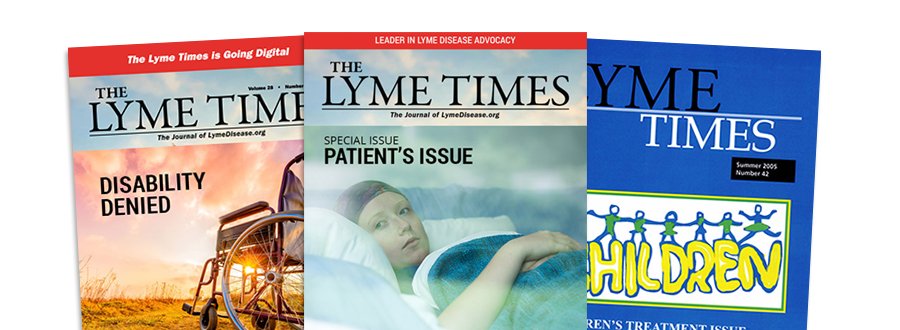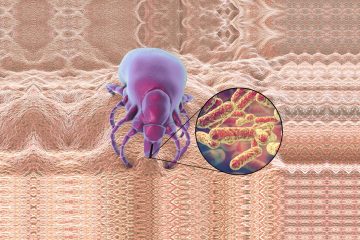Two Standards of Care for the Diagnosis and Treatment of Lyme Disease LymeDisease.org’s Lorraine Johnson gave the following verbal comments about the two standards of care during the Tick-Borne Disease Working Group’s June 21 meeting.
T here is considerable uncertainty in the diagnosis and treatment of Lyme disease—particularly persistent Lyme disease. Most patients know that they should be told of the risks and benefits of the different diagnostic and treatment options available and allowed to determine the best approach in collaboration with their physician for individualized care.
Shared Medical Decision-Making in Lyme Disease Treatment
This process is called shared medical decision-making and is most often used when science is uncertain and trade-offs exist between the benefits and risks, as well as among the quality-of-life consequences of different treatment approaches. Think of prostate cancer, where patients and their physicians choose from watchful waiting, radiation therapy, hormone therapy, and surgery.
Government agencies, including the FDA, the Institute of Medicine, the Patient-Centered Outcomes Research Institute (PCORI), and Medicare, support shared medical decision-making. LymeDisease.org believes that this is essential for effective Lyme disease treatment.
Current diagnostic testing for Lyme disease cannot distinguish between active infection and cure.
The NIH has funded only three treatment studies for persistent Lyme disease—and the most recent occurred more than 15 years ago. This poor evidence base leaves doctors and patients uncertain about the best way to diagnose and treat the disease……. Join or login below to continue reading.





























